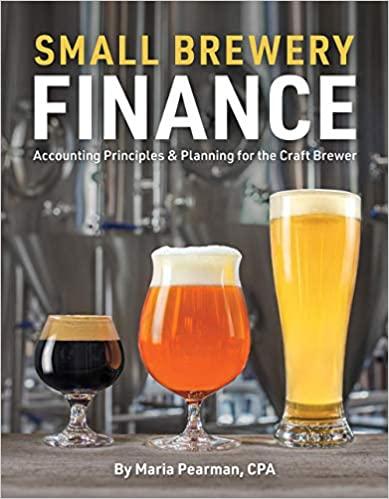Question
Part 1: You are a portfolio investment analyst at Goldman Sachs. Your investment unit manages two equity portfolios - one portfolio, named P1, consists of
Part 1: You are a portfolio investment analyst at Goldman Sachs. Your investment unit manages two equity portfolios - one portfolio, named P1, consists of two stock assets Apple (AAPL) and Microsoft (Ticker: MSFT) and the other portfolio, named P2, consists of five stocks Disney (Ticker: DIS), Boeing (Ticker: BA), Amazon (Ticker: AMZN), Tesla (Ticker: TSLA), Netflix (Ticker: NFLX). Now you are asked to compute two portfolio returns and risk measures. To do this, first download monthly stock prices from Dec. 2009 to Dec. 2019 from Yahoo! Finance and compute monthly stock returns from Jan. 2010 to Dec. 2019.
1. Compute the respective average, standard deviation, and covariance of monthly stock returns.
2. Make two covariance matrices using two portfolio components.
3. Using the obtained statistics from problem 1, calculate an equal weighted portfolio return and portfolio variance for the first portfolio.
4. Using the obtained statistics from problem 1, calculate an equal weighted portfolio return and portfolio variance for the second portfolio using the below equations.
5. Using a matrix multiplication (i.e. MMULT in Excel.), compute two portfolio returns and portfolio variances.
6. With the first portfolio, create a table that shows the benefit of diversification using Data Table in Excel. (Note that the table shows portfolio returns and portfolio standard deviation with respect to scenarios of weights on AAPL.)
7. Using the table obtained from problem 6, Plot expected returns against portfolio risk (standard deviations) displaying efficient portfolios.
8. Compute 99%-VaR and ES for the first and second portfolio components and explain these values.
Part 2: You have two customers that have different tastes of risk. The first customer is a risk averter who finds a way of minimizing investment risk. The other customer is a person who takes affordable risks and makes risk adjusted returns. Your boss asks you to find optimal weights of investments satisfying their risk-preferences.
1. Using the first portfolio, find out optimal weights that minimizes the portfolio standard deviation (Minimum Variance Portfolio).
2. Using the first and second portfolio, find out optimal weights that maximizing the portfolio standard deviation (Tangent Portfolio).
3. Compute 99% - portfolio VaRs (i.e. percentage VaR) for the respective minimum variance portfolios and tangent portfolios and explain these values.
Step by Step Solution
There are 3 Steps involved in it
Step: 1

Get Instant Access to Expert-Tailored Solutions
See step-by-step solutions with expert insights and AI powered tools for academic success
Step: 2

Step: 3

Ace Your Homework with AI
Get the answers you need in no time with our AI-driven, step-by-step assistance
Get Started


